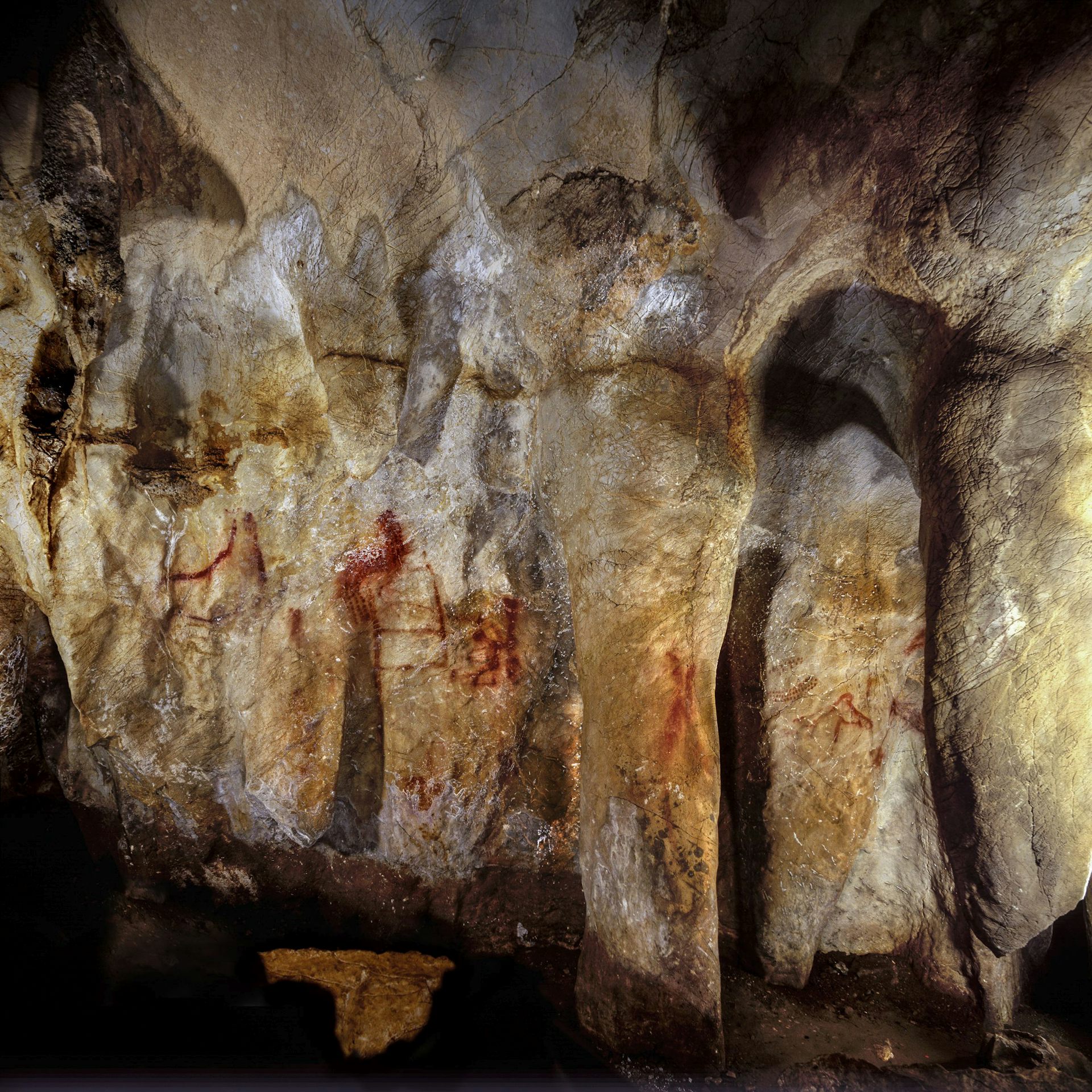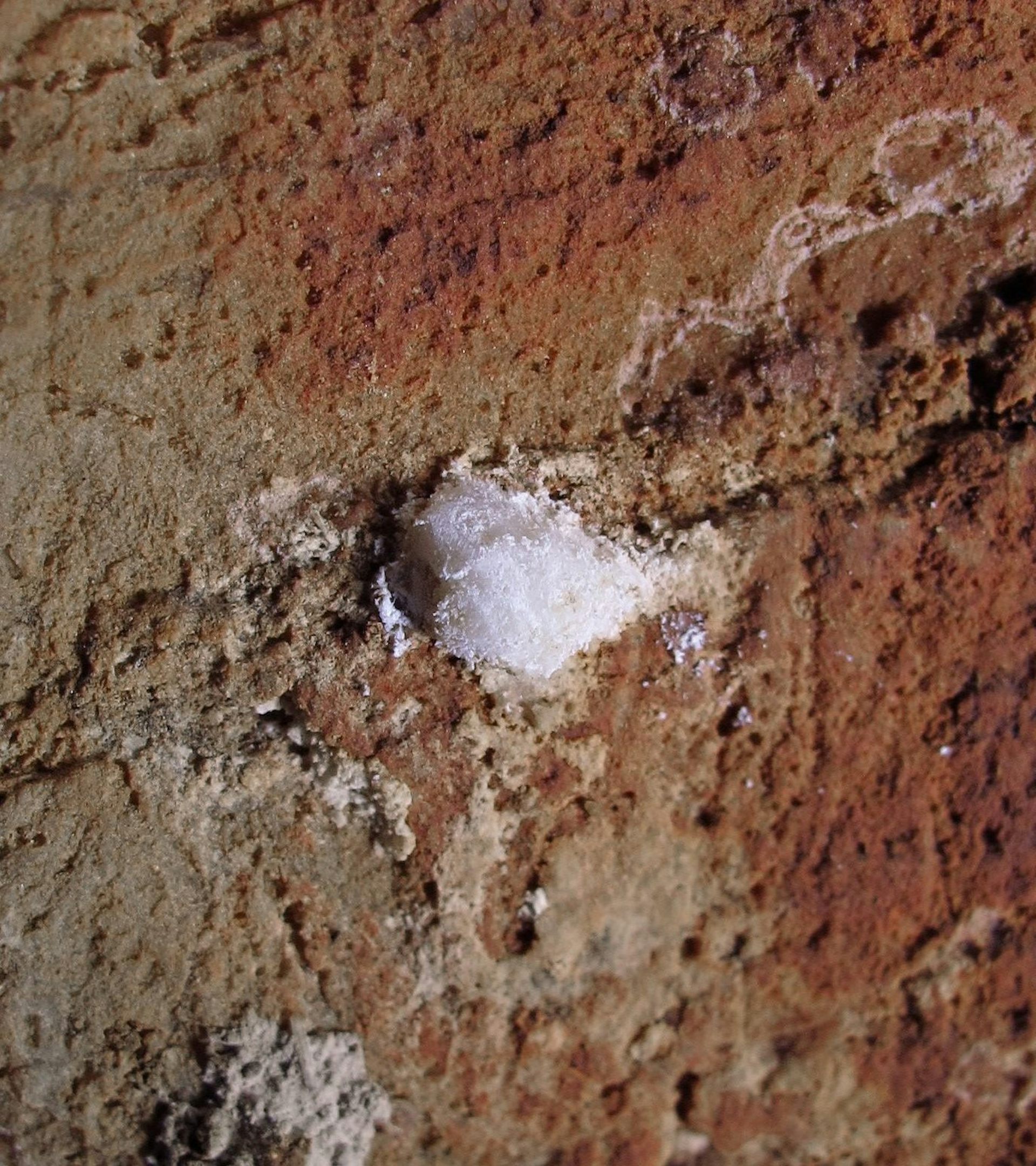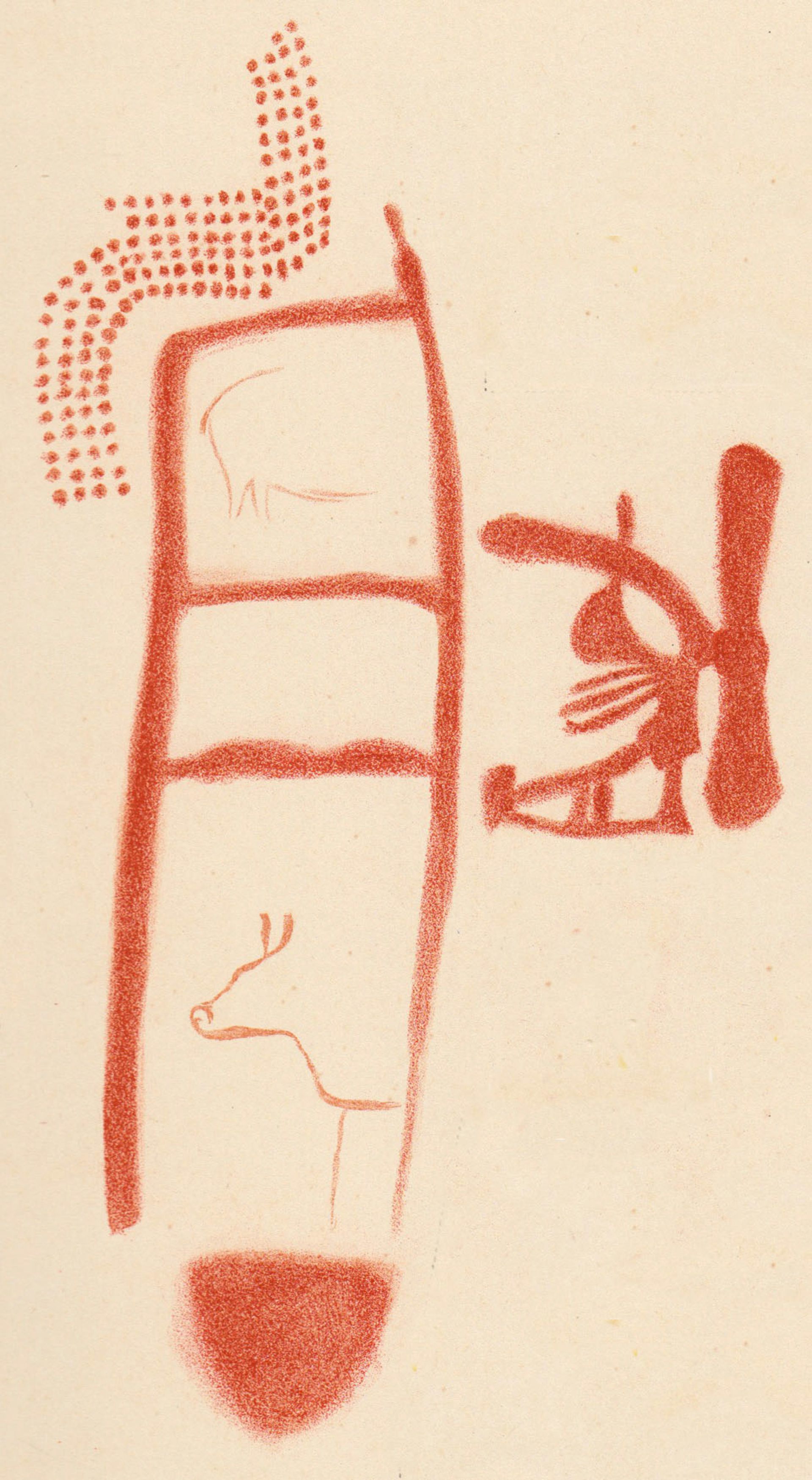Creationist superstition says that human beings were made somehow differently to all the other animals, although they can never say how, exactly. Some believe only humans have an unproven and undefined magic entity living inside their body, called a 'soul', but other animals don't have this magic ingredient; others argue that animals also have this magic ingredient. They disagree endlessly on this point simply because they have no facts by which to determine the truth. If the 'soul' was detectable, the issue could be resolved easily and quickly. As it is, all they have is dogma.
But whatever their view of who has a magic soul and who doesn't, high on their list of abilities that humans have that other animals allegedly don't have will be aesthetic appreciation of art, music, love, etc. Some attribute this to the magic soul thing, others are happy to regard it as part of some unique aspect of human psychology, neuro-physiology, and/or genetics, so, of course, any evidence that another species has aesthetic appreciation is a major embarrassment for them.
However, with regard to artistic appreciation, there is now strong evidence that our cousin species, Neanderthals, could make artistic or symbolic designs, so, since we are related through a common ancestor - probably Homo heidelbergensis or Homo erectus, if indeed they were different species, it is highly likely that at least the potential for making symbolic drawings was present in that ancestor.
How do we know Neanderthals could make art?
In this article reprinted from The Conversation under a Creative Commons license, Dr Chris Standish, Postdoctoral Fellow of Archaeology, and Professor Alistair Pike, Professor of Archaeological Sciences, both of Southampton University, Hampshire, UK, present the evidence.
The article is reformatted for stylistic consistence. The original can be read here:

How we discovered that Neanderthals could make art

Neanderthal art.
Credit: P. Saura
Chris Standish, University of Southampton and Alistair Pike, University of Southampton
What makes us human? A lot of people would argue it is the ability of our species to engage in complex behaviour such as using language, creating art and being moral. But when and how did we first become “human” in this sense? While skeletal remains can reveal when our ancestors first became “anatomically modern”, it is much harder for scientists to decipher when the human lineage became “behaviourally modern”.
One of the key traits of behavioural modernity is the capacity to use, interpret and respond to symbols. We know that Homo sapiens have been doing this for at least 80,000 years. But its predecessor in parts of Eurasia, the Neanderthal, a human ancestor that became extinct around 40,000 years ago, has traditionally been regarded as uncultured and behaviourally inferior. Now our new study, published in Science, has challenged this view by showing that Neanderthals were able to create cave art.
The earliest examples of symbolic behaviour in African Homo sapiens populations include the use of mineral pigments and shell beads – presumably for body adornment and expressions of identity.
However, evidence for such behaviour by other human species is far more contentious. There are some tantalising clues that Neanderthals in Europe also used body ornamentation around 40,000 to 45,000 years ago. But scientists have so far argued that this must have been inspired by the modern humans who had just arrived there – we know that humans and Neanderthals interacted and even interbred.

Wall in Maltravieso Cave showing three hand stencils (centre right, centre top and top left).
Credit: H. Collado
Dating cave art
Unfortunately, we have a poor understanding of the origins of cave art, primarily due to difficulties in accurately dating it. Archaeologists typically rely on radiocarbon dating when trying to date events from our past, but this requires the sample to contain organic material.

Calcium carbonate crust overlying pigment in La Pasiega.
Credit: J. Zilhão
Uranium-thorium dating of carbonate minerals is often a better option. This well-established geochronological technique measures the natural decay of trace amounts of uranium to date the mineralisation of recent geological formations such as stalagmites and stalactites – collectively known as “speleothems”. Tiny speleothem formations are often found on top of cave paintings, making it possible to use this technique to constrain the age of cave art without impacting on the art itself.
A new era
We used uranium-thorium dating to investigate cave art from three previously discovered sites in Spain. In La Pasiega, northern Spain, we showed that a red linear motif is older than 64,800 years. In Ardales, southern Spain, various red painted stalagmite formations date to different episodes of painting, including one between 45,300 and 48,700 years ago, and another before 65,500 years ago. In Maltravieso in western central Spain, we showed a red hand stencil is older than 66,700 years.

Ladder shape in red painted in the La Pasiega cave.
Credit: C.D Standish, A.W.G. Pike and D.L. Hoffmann

Drawing of the ladder symbol painted on the walls.
Credit: Breuil et al. (1913)
Our results are tremendously significant, both for our understanding of Neanderthals and for the emergence of behavioural complexity in the human lineage. Neanderthals undoubtedly had the capacity for symbolic behaviour, much like contemporaneous modern human populations residing in Africa.
To understand how behavioural modernity arose, we now need to shift our focus back to periods when Homo sapiens and Neanderthals interacted and to the period of their last common ancestor. The most likely candidate for this ancestor is Homo heidelbergensis, which lived over half a million years ago.
It is perhaps also now time that we move beyond a focus on what makes Homo sapiens and Neanderthals different. Modern humans may have “replaced” Neanderthals, but it is becoming increasingly clear that Neanderthals had similar cognitive and behavioural abilities – they were, in fact, equally “human”.
Chris Standish, Postdoctoral Fellow of Archaeology, University of Southampton and Alistair Pike, Professor of Archaeological Sciences, University of Southampton


No comments:
Post a Comment
Obscene, threatening or obnoxious messages, preaching, abuse and spam will be removed, as will anything by known Internet trolls and stalkers, by known sock-puppet accounts and anything not connected with the post,
A claim made without evidence can be dismissed without evidence. Remember: your opinion is not an established fact unless corroborated.